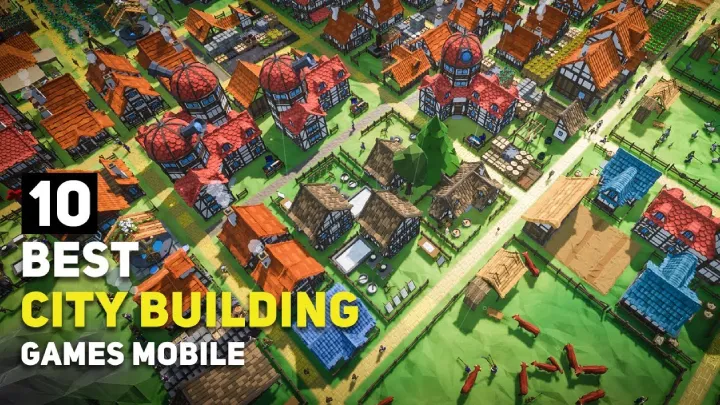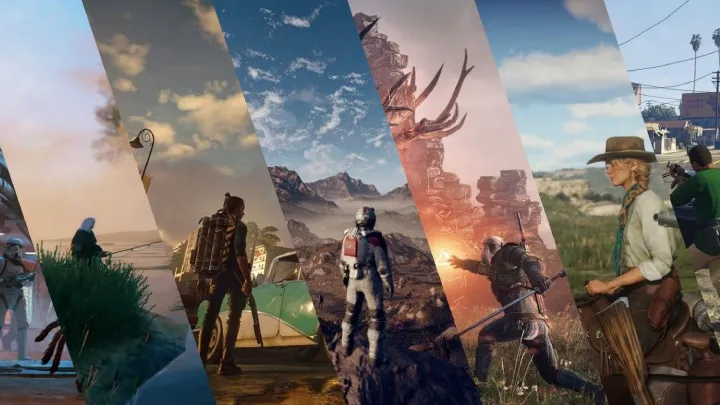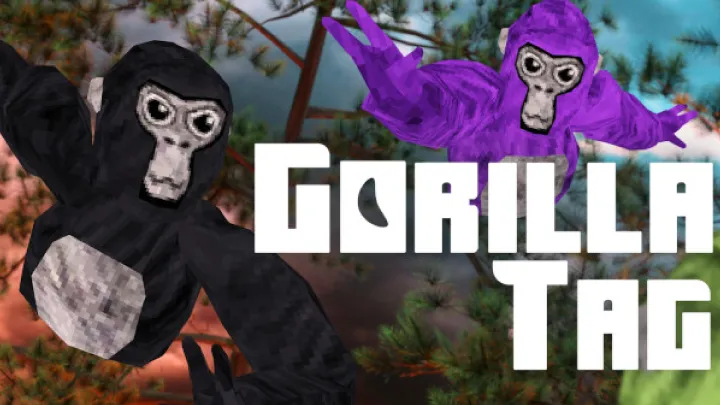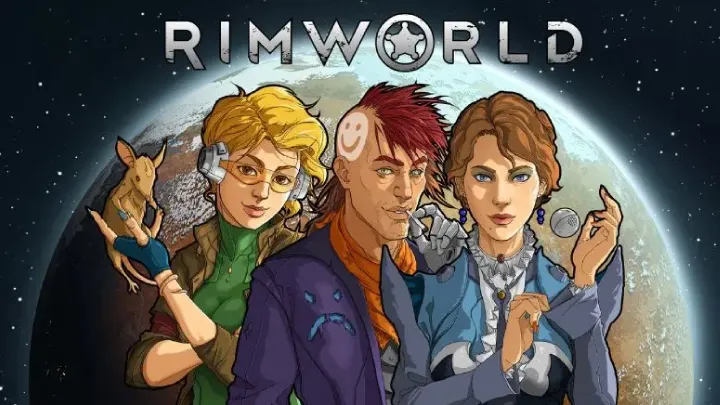Baldur’s Gate 3, developed by Larian Studios, stands as one of the deepest role-playing games ever created, bringing the world of Dungeons and Dragons to life in ways no video game has done before. Set in the Forgotten Realms, a universe filled with magic, monsters, politics, and moral dilemmas, the game allows players to carve out their own destiny in a sprawling and reactive world.
Unlimited Role-Playing Freedom
Right from the character creation screen, Baldur’s Gate 3 emphasizes choice and personalization. Players can select from a wide variety of races such as Elf, Dwarf, Tiefling, Halfling, Githyanki, and even Dragonborn. Beyond appearance, the choice of class—from the mighty Fighter and stealthy Rogue to the versatile Wizard or Bard—shapes how you approach combat, exploration, and dialogue. Each decision ripples throughout the game, influencing how factions respond, how characters interact, and even how the story unfolds.
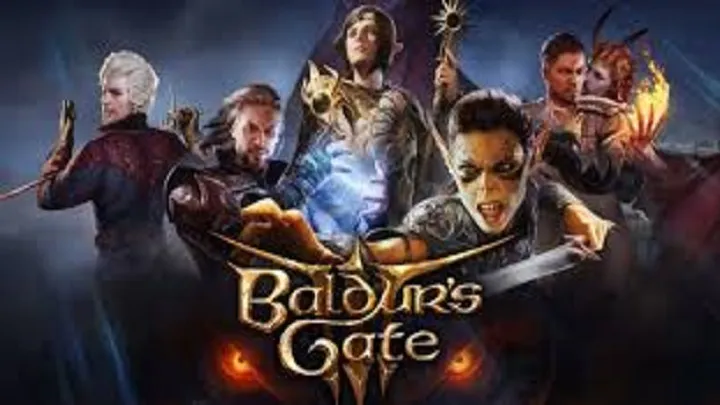
Companions with Depth and Personality
Throughout the journey, players encounter companions who are far more than just battle allies. Each has a unique backstory, ambitions, fears, and moral conflicts. Astarion, for example, is a vampire spawn struggling with his predatory instincts versus his desire for freedom. Shadowheart hides secrets behind her devotion to a mysterious deity, while Lae’zel embodies the ruthless pride of her Githyanki heritage. Your relationships with these characters evolve based on dialogue choices, in-game actions, and moral alignment, making the party dynamic both unpredictable and deeply personal.
Strategic Turn-Based Combat
Unlike the real-time-with-pause combat of previous Baldur’s Gate titles, Baldur’s Gate 3 embraces a fully turn-based combat system inspired by Dungeons and Dragons 5e rules. This design choice emphasizes tactical depth: elevation grants advantages, environmental hazards can be exploited, and creative spell combinations can turn the tide of battle. You might ignite spilled oil with a fire spell, shove enemies off cliffs, or combine a grease spell with a lightning bolt for devastating results. Every encounter feels like a puzzle, demanding creativity and planning rather than brute force.
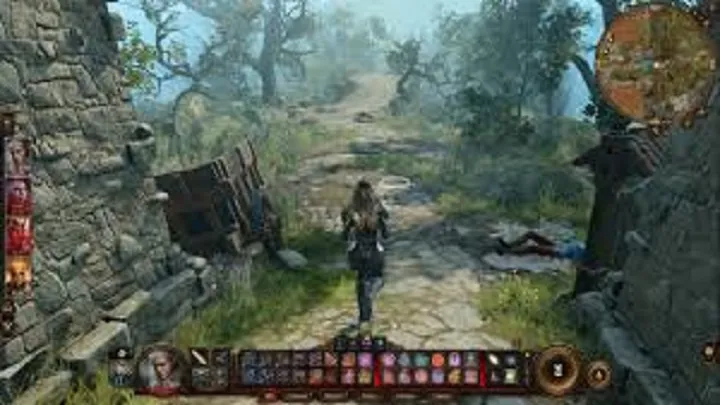
Choices and Consequences That Matter
One of the strongest aspects of Baldur’s Gate 3 is its branching narrative shaped by choices. Unlike many RPGs where decisions only slightly alter dialogue, here nearly every choice carries weight. Helping a struggling villager, betraying an ally, siding with one faction over another—each can significantly reshape your journey. Even the act of lying or telling the truth can lead to entirely different outcomes. This creates extraordinary replay value, as no two playthroughs are ever identical.
A Living and Breathing World
The setting itself feels alive. Baldur’s Gate and the surrounding lands are filled with bustling towns, dark forests, hidden dungeons, and intricate political intrigue. Every corner hides a potential secret, whether it’s a hidden questline, a forgotten artifact, or a morally challenging decision. Larian’s attention to detail ensures that environments are not just backdrops but interactive playgrounds that evolve with your choices. NPCs remember your actions, react dynamically, and contribute to a sense of immersion rarely seen in RPGs.
Multiplayer Adventures
While Baldur’s Gate 3 can be played solo, it truly shines in cooperative multiplayer. Friends can join your campaign online or via split-screen, each controlling their own character. This can lead to unexpected and chaotic scenarios, as one player may choose to betray an NPC while another tries to protect them. These conflicting decisions not only enrich the role-playing experience but also make the story feel organic and unscripted.
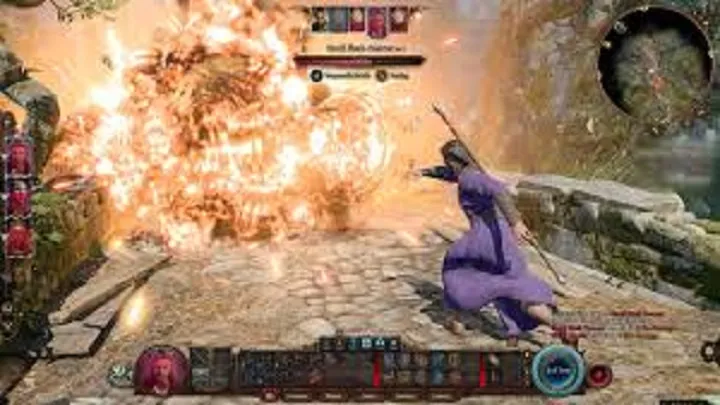
Why Baldur’s Gate 3 Stands Out
What sets Baldur’s Gate 3 apart is its ability to merge traditional tabletop freedom with cutting-edge technology. It respects the roots of Dungeons and Dragons by offering limitless role-playing opportunities, while also innovating with cinematic storytelling, motion-captured performances, and highly detailed environments. It is both a spiritual successor to classic CRPGs and a groundbreaking step forward in interactive storytelling.










